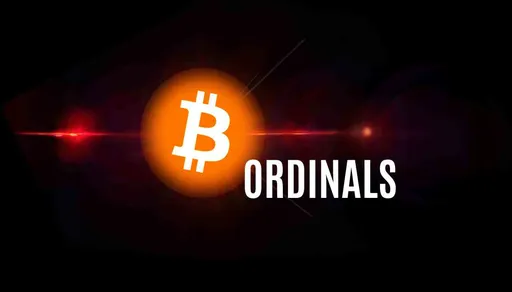The number of Ordinals has skyrocketed recently; the new developments are also quite promising for the domain, read on to know more.
Recently, the number of Ordinals inscriptions exceeded the mark of 10 million. And whether by coincidence or not, it happened just a few days after Casey Rodarmor, the project’s creator stepped down as a lead maintainer. On May 28, Rodarmor announced on Twitter that he hasn’t been able to pay the attention that the Ordinals deserve. Also, he mentioned the role would be handed over to the pseudonymous coder Raphjaph.
Soon after its launch in January, the Ordinals protocol become quite popular among crypto enthusiasts. It emerged as the best way to mint new assets on the Bitcoin blockchain.
Originally, Ordinals was launched as the smallest divisible unit of BTC. It became a means to inscribe the data in the witness portion of Bitcoin transactions In addition, they were written onto individual satoshis.
But apparently, the biggest reason behind its huge success was something else. The advent of the BRC-20 token standard has been attributed to the major success of Ordinal inscriptions. Introduced by the pseudonymous developer “Domo”, this new token protocol allowed users to mint new tokens on Bitcoin for the first time in history.
And these tokens brought a historic effect too. Within the first few weeks, the price of Bitcoin-based tokens zoomed up. According to the reports released by BRC-20.io, the jump was more than 25,000 at the time of publication.
However, not everyone is a big fan of the Ordinals. A number of Bitcoin fans raised issues with its inscription method. They pointed to the framework’s inefficiency when it came to the transaction fees and consumption of space. Now just like Ordinals, there are projects in which developers are trying to do something innovative using smart contracts.
Meanwhile, there are some who have praised Ordinals for its scalability. It gives new users easy access to the Bitcoin community. Lately, the renowned Bitcoin advocate Peter Schiff created a small number of NFTs using this protocol. It was only because of Ordinals that the critic ditched gold and invested in Bitcoin in some way.
Another front where Ordinals have played a key role in the transaction fee. Since its advent, there has been a significant rise in Bitcoin’s transaction fees. Besides that, the rise in network activity has resulted in a boon for miners. As per the date from Dune Analytics, the payment of fees has generated more than $44 million in the network.




